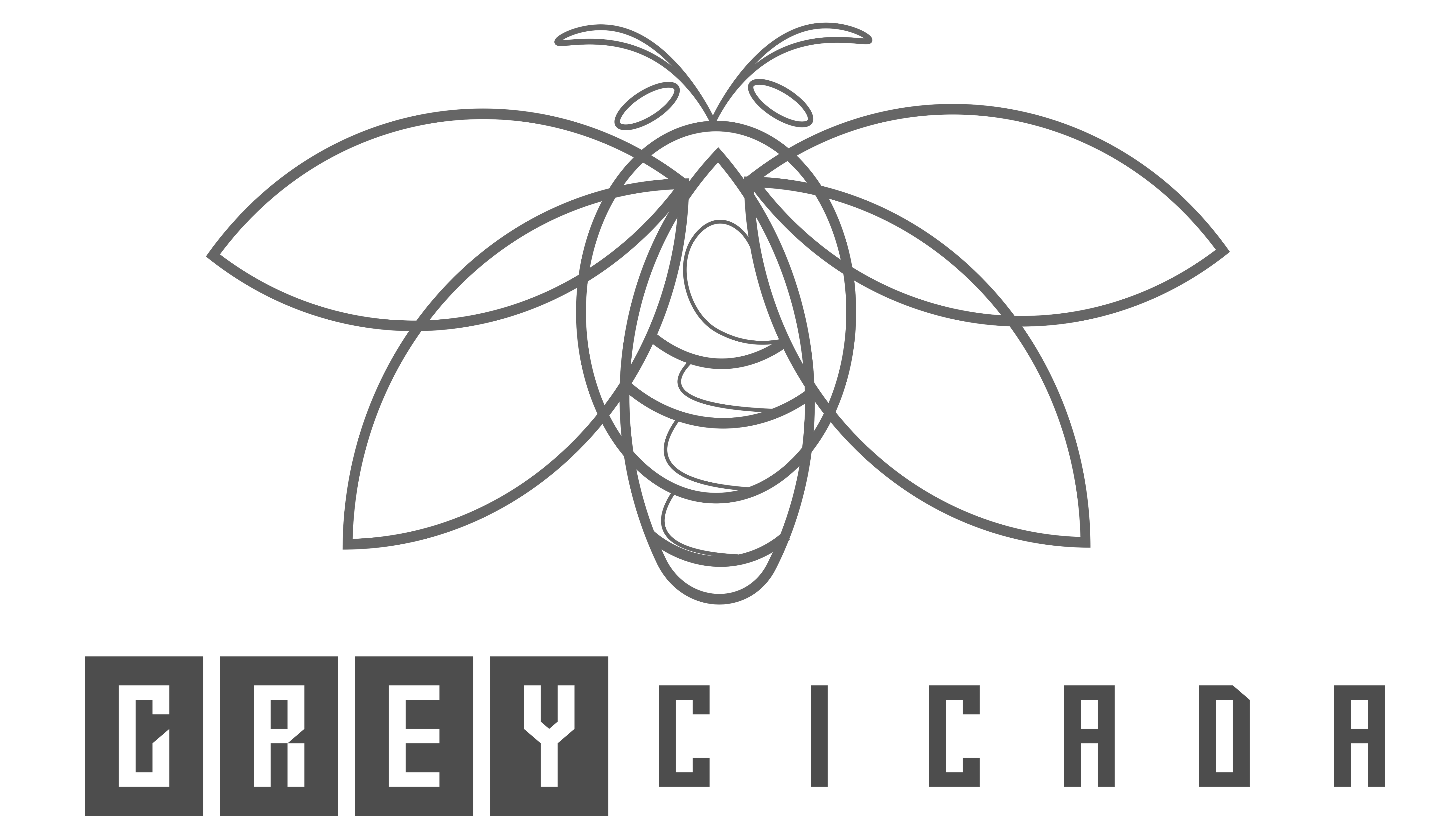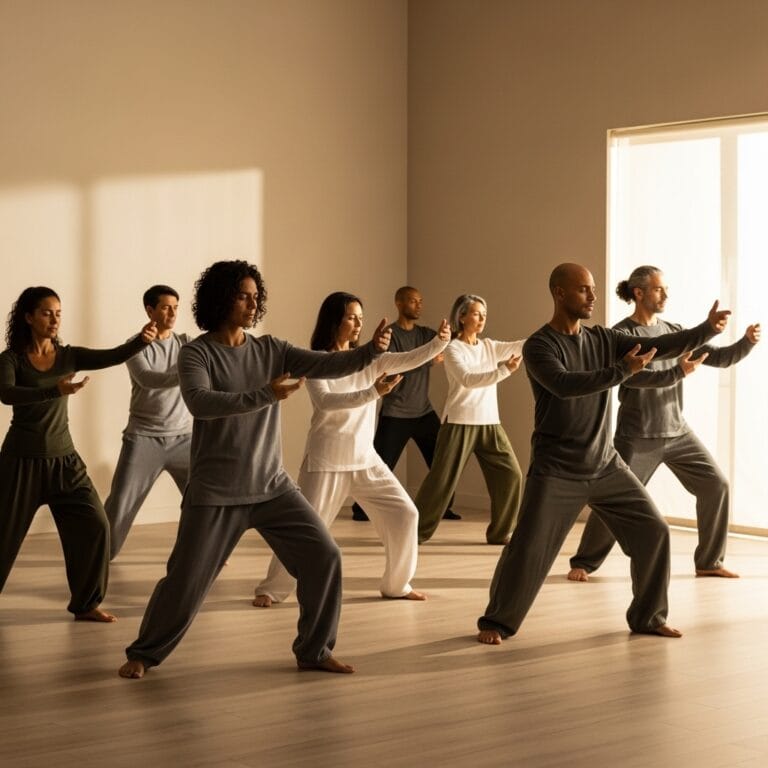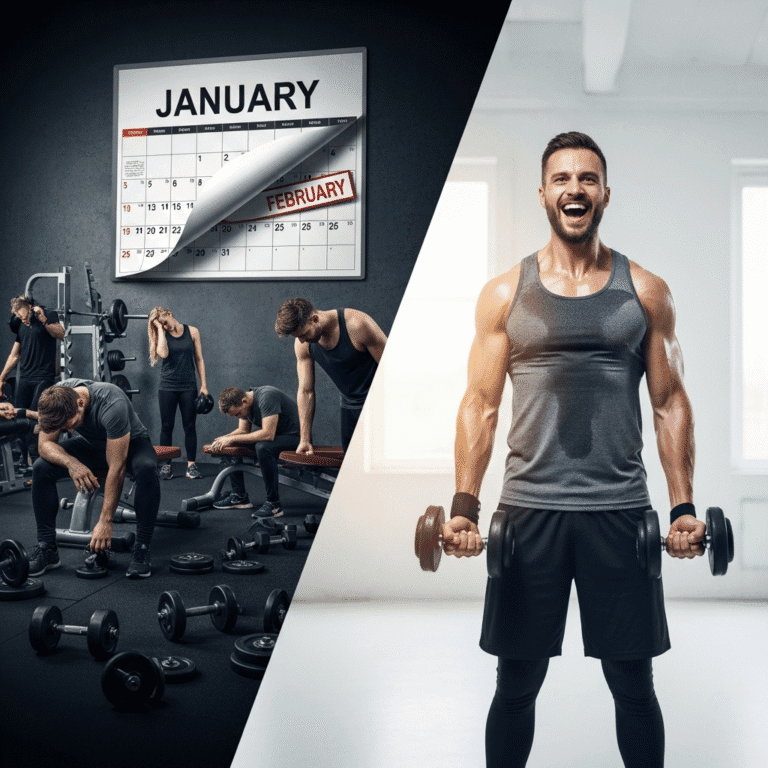FREE SHIPPING OVER $50
Get Boulder Shoulders: 4 Simple Exercises for Powerful, Defined Delts

Imagine stepping into a room, and immediately, your physique commands attention. Not just from sheer size, but from the incredible width, thickness, and definition of your shoulders. That’s the power of boulder shoulders – they don’t just fill out a t-shirt; they create an illusion of a smaller waist and a truly powerful, athletic build. Many people spend hours in the gym hoping to achieve this look, but often get lost in complicated routines or neglect crucial parts of their shoulder anatomy.
The good news? You don’t need a crazy, complex workout plan to get chiseled shoulders. The secret lies in focusing on a handful of highly effective, simple exercises that hit all the right spots. We’re going to dive into 4 essential moves that, when performed correctly and consistently, will help you sculpt those powerful, defined delts you’ve always wanted. Get ready to transform your upper body and feel unstoppable!
Understanding Your Delts: The Three Heads of Power
Before we jump into the exercises, it’s helpful to understand what we’re actually trying to build. Your shoulder muscle, known as the deltoid, isn’t just one big blob. It’s composed of three distinct heads, and each plays a crucial role in giving you that rounded, powerful look:
- Anterior Deltoid (Front Delts): Located at the front of your shoulder, these help with pressing movements and lifting your arm forward. They often get a lot of work from chest presses, so sometimes they don’t need too much direct focus.
- Medial Deltoid (Side Delts): These are on the side of your shoulder and are primarily responsible for lifting your arm out to the side. They are critical for shoulder width and that “cannonball” appearance.
- Posterior Deltoid (Rear Delts): Found at the back of your shoulder, these help with pulling movements and rotating your arm outwards. They’re often the most neglected head, but they’re vital for shoulder thickness, posture, and preventing imbalances or injuries.
The Blueprint for Boulder Shoulders: 4 Simple Exercises
These 4 exercises are foundational. They are not flashy, but they are incredibly effective at building strength, mass, and definition across all three parts of your deltoids. Remember, form is king – always prioritize proper execution over lifting heavy weights.
1. The Overhead Press (Dumbbell or Barbell): Your Foundation for Power
This is the king of shoulder exercises for a reason. It’s a compound movement that works multiple muscle groups simultaneously, making it incredibly effective for building overall shoulder mass and strength.
- How to Perform it:
- Starting Position: Whether standing or seated, hold dumbbells at shoulder height with palms facing forward (or a barbell across your upper chest, just below your chin). Keep your core tight, back straight, and feet firmly planted.
- The Lift: Press the weights directly overhead, extending your arms fully but without locking your elbows. Visualize pushing the ceiling away.
- The Lower: Slowly and with control, lower the weights back to the starting position. Don’t let them drop.
- Why it Works: The Overhead Press primarily targets your anterior and medial deltoids, but your posterior deltoids also act as stabilizers. It’s a fantastic overall shoulder builder that translates into real-world strength.
- Tips for Maximizing Gains:
- Brace Your Core: This protects your lower back and allows you to generate more power.
- Full Range of Motion: Bring the weights down to your shoulders and extend fully overhead.
- Control the Negative: Don’t just let the weights fall. Control the lowering phase (the eccentric portion) to maximize muscle growth.
- Progressive Overload: Once you can comfortably do your target reps, gradually increase the weight.
2. Dumbbell Lateral Raises: Sculpting Side Delts for Width
If you want that wide, rounded, “cannonball” look, the medial deltoid is your focus, and Lateral Raises are the ultimate isolation exercise for it.
- How to Perform it:
- Starting Position: Stand tall with a slight bend in your knees, holding a dumbbell in each hand at your sides, palms facing your body. Keep your core engaged.
- The Lift: Keeping a slight bend in your elbows (imagine holding a large jug of water), slowly raise the dumbbells out to your sides. Lead with your elbows, not your hands. Stop when your arms are roughly parallel to the floor, or slightly above shoulder height.
- The Lower: Control the descent, slowly lowering the dumbbells back to the starting position. Avoid letting gravity take over.
- Why it Works: This exercise directly isolates and targets the medial deltoid, which is crucial for building shoulder width and creating that highly desired rounded appearance.
- Tips for Maximizing Gains:
- Light Weight, Good Form: Don’t go too heavy. This exercise is about strict form and feeling the muscle work, not lifting maximal weight.
- Mind-Muscle Connection: Focus on squeezing your side delts as you lift, really feeling the contraction.
- Controlled Tempo: Resist the urge to swing the weights. A slower, controlled movement, especially on the way down, will yield better results.
3. Bent-Over Reverse Flyes (Dumbbell or Cable): Building Rear Delt Thickness
The posterior deltoid is often neglected, leading to rounded shoulders and imbalances. Reverse Flyes are fantastic for building thickness in the back of your shoulders, improving posture, and contributing to a well-rounded physique.
- How to Perform it:
- Starting Position: Hold a dumbbell in each hand. Hinge forward at your hips, keeping your back straight and a slight bend in your knees, until your torso is almost parallel to the floor. Let the dumbbells hang directly below your chest, palms facing each other.
- The Lift: Keeping your arms mostly straight but with a slight elbow bend, raise the dumbbells out to the sides in an arc, squeezing your shoulder blades together at the top. Imagine you’re trying to pinch a pencil between your shoulder blades. Your arms should roughly form a ‘T’ shape with your torso.
- The Lower: Slowly and with control, lower the dumbbells back to the starting position.
- Why it Works: This exercise directly targets the posterior deltoid and also engages muscles in your upper back, which are essential for posture and shoulder health.
- Tips for Maximizing Gains:
- Avoid Momentum: Don’t swing the weights. Focus on isolating the rear delts.
- Focus on the Squeeze: The primary goal is to squeeze your shoulder blades together, not just lift the weights.
- Slight External Rotation: As you lift, you can slightly rotate your thumbs upwards (as if pouring water) to get an even better contraction in the rear delts.
4. Face Pulls (Cable): The Ultimate Shoulder Health & Definition Move
Face Pulls are a powerful, often overlooked exercise for shoulder health, stability, and building those rear delts. They also hit the rotator cuff muscles, which are crucial for injury prevention.
- How to Perform it:
- Starting Position: Set a cable machine pulley to about head height or slightly higher. Grab the rope attachment with an overhand grip (palms facing down). Take a step back to create tension in the cable. Keep your core tight and a slight bend in your knees.
- The Pull: Pull the rope directly towards your face, aiming for your nose or forehead. As you pull, actively pull your hands apart, leading with your elbows, and externally rotate your shoulders so your thumbs point towards the wall behind you. Squeeze your rear delts and upper back muscles.
- The Release: Slowly and with control, extend your arms back to the starting position, resisting the pull of the cable.
- Why it Works: This exercise is fantastic for directly hitting the posterior deltoid and strengthening the crucial external rotators of the rotator cuff. This contributes significantly to overall shoulder health, stability, and a more rounded, defined appearance.
- Tips for Maximizing Gains:
- Light Weight, High Reps: Focus on form and the mind-muscle connection. This isn’t about heavy lifting.
- Prioritize External Rotation: Really emphasize pulling your hands apart and rotating your shoulders outwards. This is where the magic happens for the rear delts and rotator cuff.
- Controlled Movement: Don’t let the cable snap back. Control the entire movement.
Sample Shoulder Workout Structure (Incorporate 1-2 times per week):
- Warm-up: 5-10 minutes light cardio (e.g., elliptical or bike) + dynamic shoulder stretches (arm circles, band pull-aparts).
- Overhead Press (Dumbbell or Barbell): 3-4 sets of 6-10 reps
- Dumbbell Lateral Raises: 3-4 sets of 10-15 reps
- Bent-Over Reverse Flyes: 3-4 sets of 10-15 reps
- Face Pulls (Cable): 3-4 sets of 12-20 reps
- Cool-down: 5 minutes light stretching for shoulders and chest.
Final Thoughts
There you have it! The blueprint to get boulder shoulders and those elusive, powerful, defined delts doesn’t require a complicated gym membership or a celebrity trainer. It comes down to understanding your shoulder anatomy and consistently implementing these 4 simple exercises with correct form and smart training principles.
Adding these workouts to your fitness routine will effectively target all three heads of your deltoids, building balanced size, strength, and definition. Remember to fuel your body, prioritize recovery, and stay consistent. The journey to those impressive, chiseled shoulders starts with taking action today! Get ready to fill out those sleeves like never before!
Related Articles
- Unlock Your Best Workout: Cardio Before or After Weights? The Surprising Truth from New Research
- Can YOU Bench 225 Lbs? The True Benchmark of Strength (Are You Strong Enough?)
- Torch Your Glutes With This Physical Therapist-Approved Workout Finisher
- Master Pull-ups & Forge a Monster Back: The 10-Minute Daily Method No One Tells You!
- The Only 5 Exercises You Need, According to Top Trainers, for Peak Strength & Fitness



